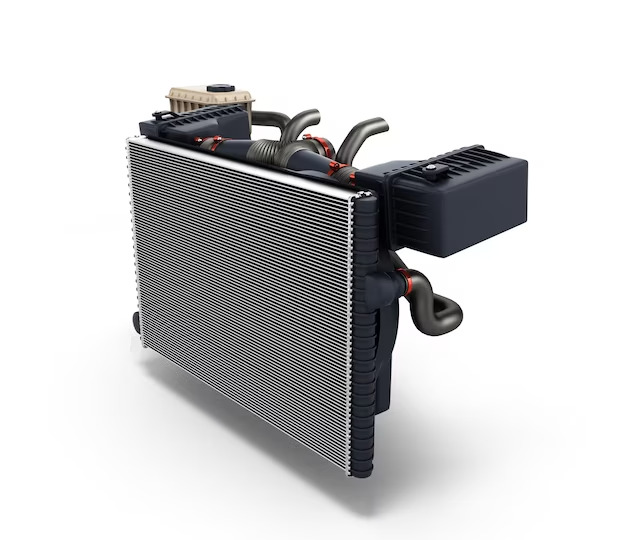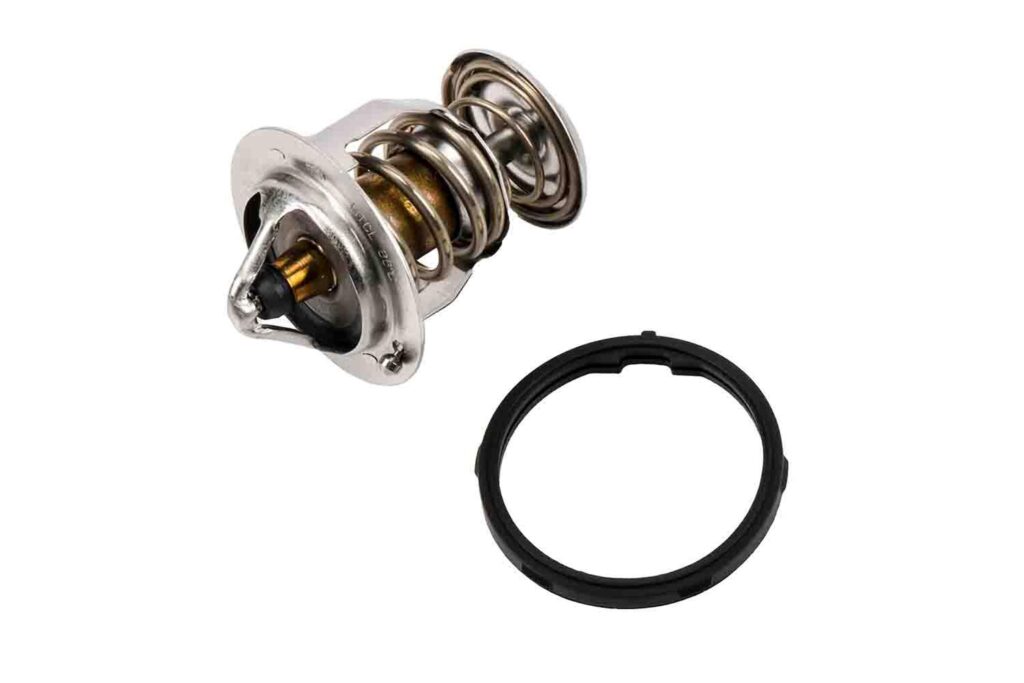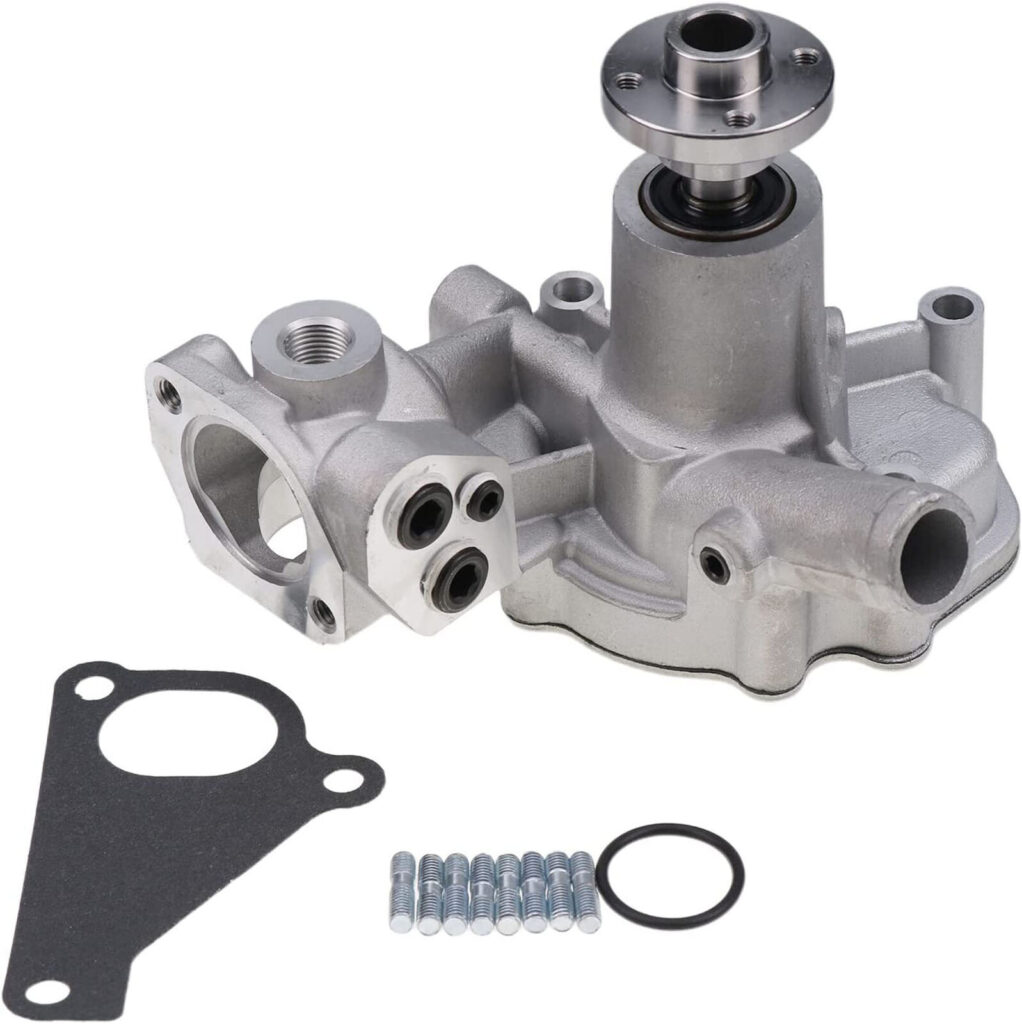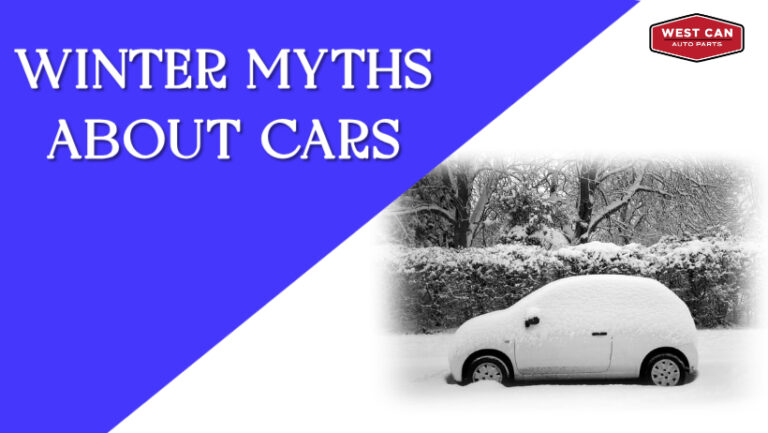
Similar Posts

Clutch Noise and Failure Guide: What Chirping, Grinding, and Slipping Really Mean
Sharing is CaringA clutch doesn’t fail overnight—it unravels like a frayed rope, strand by strand, leaving behind hints that something is amiss. Many Canadian drivers only notice trouble once the vehicle jerks, shudders, growls, or refuses to shift smoothly. But long before that cinematic breakdown moment, the clutch whispers its warnings. This guide brings two…

Classic vs. Modern: Auto Parts That Changed the Way We Drive
Sharing is CaringThe automotive industry has always been a reflection of innovation. From the earliest cars with purely mechanical systems to today’s vehicles filled with sensors and electronics, auto parts have continuously evolved to enhance performance, safety, efficiency, and comfort. This journey from classic parts to modern technology has not only reshaped how vehicles operate…

Smart Driving, Better Mileage: Proven Ways to Improve Your Car’s Fuel Efficiency
Sharing is CaringWith fuel prices constantly fluctuating, every driver is looking for ways to make each drop of fuel go farther. The good news? You don’t need a new car or expensive upgrades — improving your gas mileage often comes down to smart driving habits, timely maintenance, and understanding how your vehicle works. Here’s a…

Top Reasons to Use Sea Foam Fuel Injector Cleaner for Winter Driving
Sharing is CaringCanadian winters are notoriously harsh, and freezing temperatures can wreak havoc on your car’s performance. One of the most common issues drivers face in winter is poor fuel efficiency, sluggish engine starts, and even fuel gelling in extreme cold. Fortunately, a reliable fuel additive like Sea Foam Fuel Injector Cleaner can be a…

What Happens If Your Timing Belt Fails? Avoid Costly Repairs
Sharing is CaringYour vehicle’s timing belt is a critical component that keeps your engine running smoothly. It ensures the synchronization of the camshaft and crankshaft, allowing the engine’s valves to open and close at the right time. But what happens if this essential part fails? The consequences can be severe, leading to expensive engine repairs—or…






